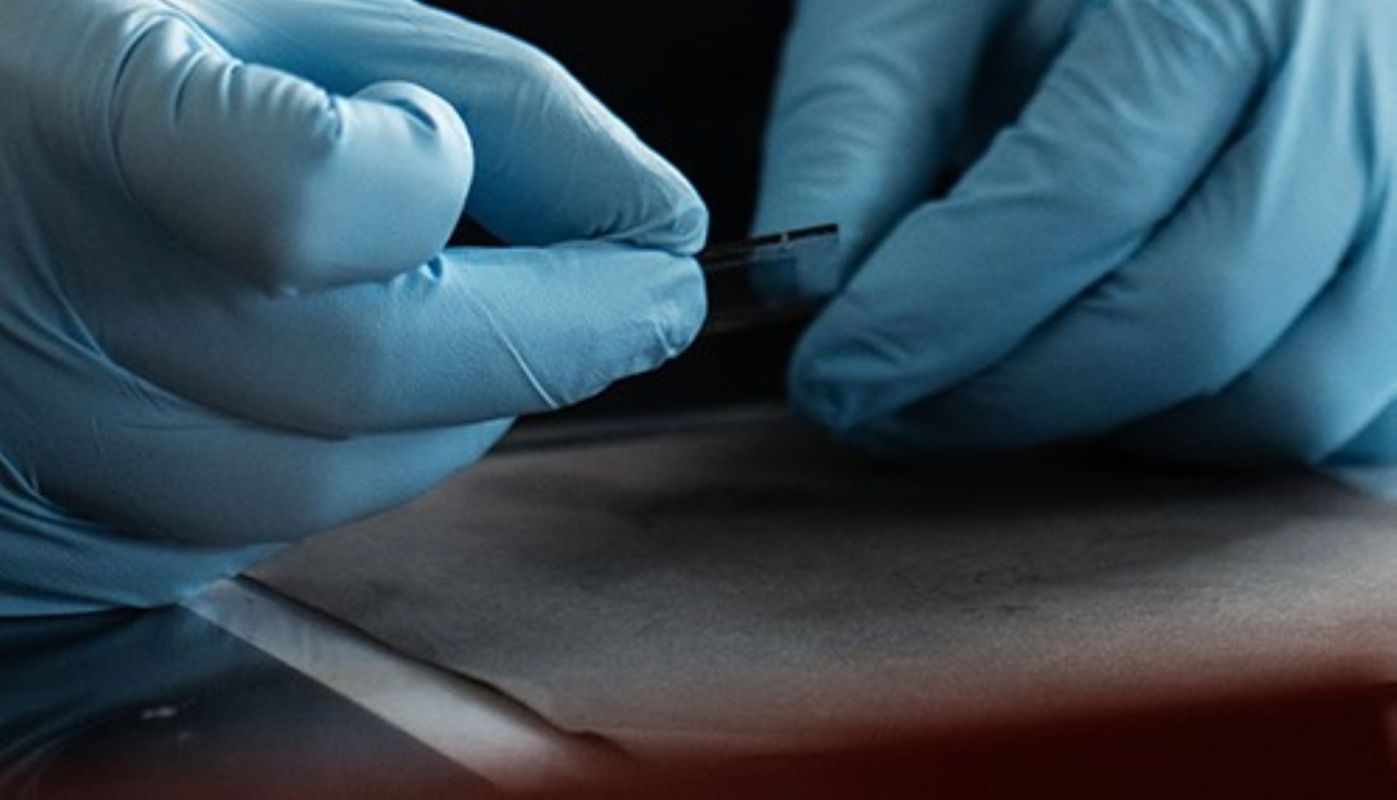Have you heard the buzz about a new kind of solar panel that works inside the home?
California-based clean energy startup Ambient Photonics has been hard at work since 2019 engineering affordable solar cells that can tap into indoor light. Their latest invention helps devices charge themselves, with no outlet (or battery) required, according to Euronews.
Officially called bifacial solar cells, this technology soaks up shaded sunlight and artificial light from lamps and bulbs to produce its own trickle of renewable power. The technology builds on low-cost solar solutions that emerged in the 1990s, making sustainable energy possible in any indoor environment with light.
"Our bifacial solar cell technology is a game-changer for all kinds of devices," Ambient Photonics' co-founder and CEO Bates Marshall said, per Euronews.
Ambient's fresh design as much as triples the efficiency of conventional silicon cells, per Euronews. Plus, the cells can effectively be printed onto gadgets in virtually any shape or size. The slim, transparent look allows manufacturers to cut weight and size as they eliminate disposable batteries.
The cells empower devices to charge themselves continually, potentially removing the need for power cords. Initial testing shows the self-powering approach can outlast traditional batteries by years. Products fitted with the cells may never need a battery swap or outlet plugin again.
The startup showcased its latest creation, its new bifacial cells, at the Consumer Electronics Show 2024 in January. Their ability to soak up rays on both sides means the orientation or placement of a device no longer affects its ability to power up. The new two-way charging cells increase efficiency by up to 50%, allowing more potent electronics to go cordless.
This breakthrough has caught Google's eye. The two California companies just announced a partnership to unveil the first mainstream gadget leveraging Ambient's bifacial solar power later this year.
The cells present a money-saving path to keeping billions of batteries out of landfills once and for all. Manufacturers of TV remotes, e-readers, wireless keyboards, and more are already exploring how to tap into ambient energy and kiss batteries goodbye.
Outfitting electronics with solar reduces both their sticker price and long-term costs. Factoring in tax incentives for renewable tech might make equipping devices with solar cells even more budget-friendly. The American-made panels align with most buyers' growing desire to avoid disposables and reduce household waste.
Ambient Photonics says it currently runs the nation's largest low-light solar manufacturing hub, and it has plans in the works to erect an even larger smart factory stateside in 2025 to keep up with demand.
Marshall added, per Euronews, that the technology represents "a revolutionary, sustainable power alternative" for electronics — one that finally "satisfies the capacity and price point requirements of the world's highest-volume electronics."
With corporations like Amazon, Google, and Universal Electronics now rolling out appliances fitted for renewable charging, it seems the sun is rising on a new era of cord-free, carefree, solar-boosted devices. Judging by early wins, that's a future bound to generate some serious savings.
Join our free newsletter for weekly updates on the coolest innovations improving our lives and saving our planet.









